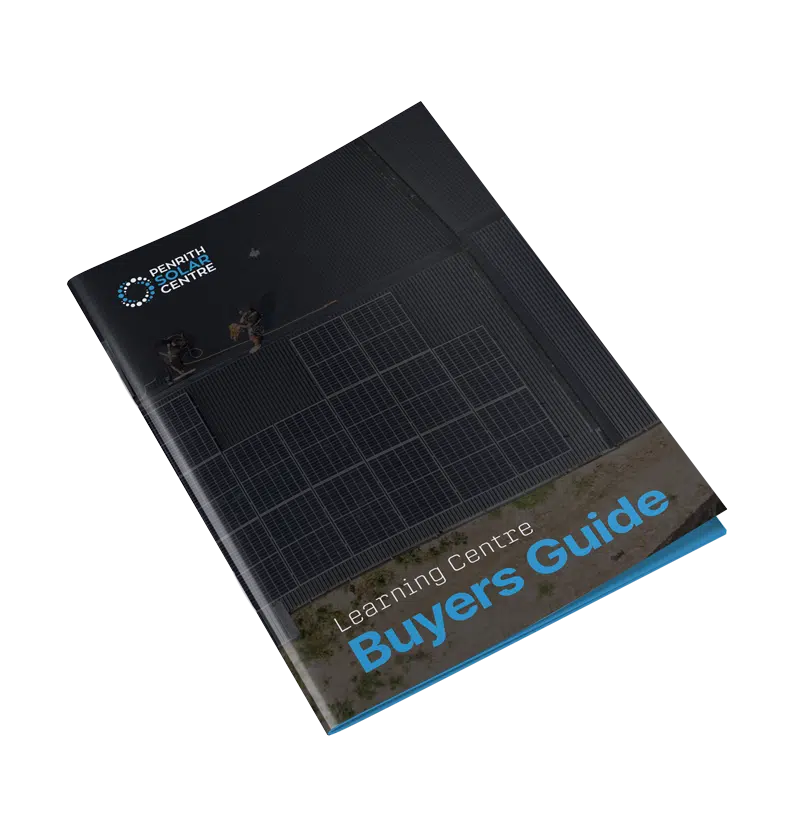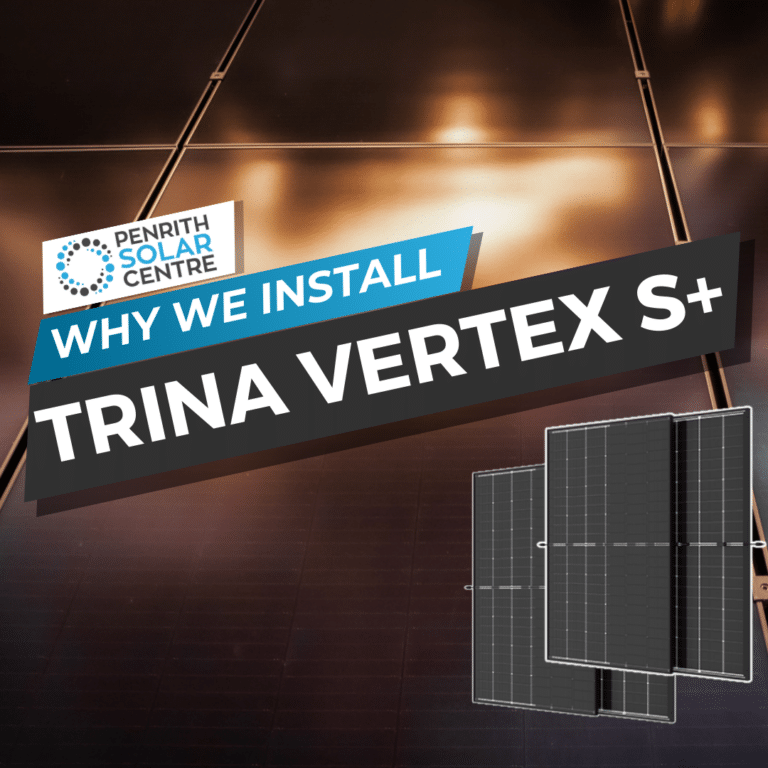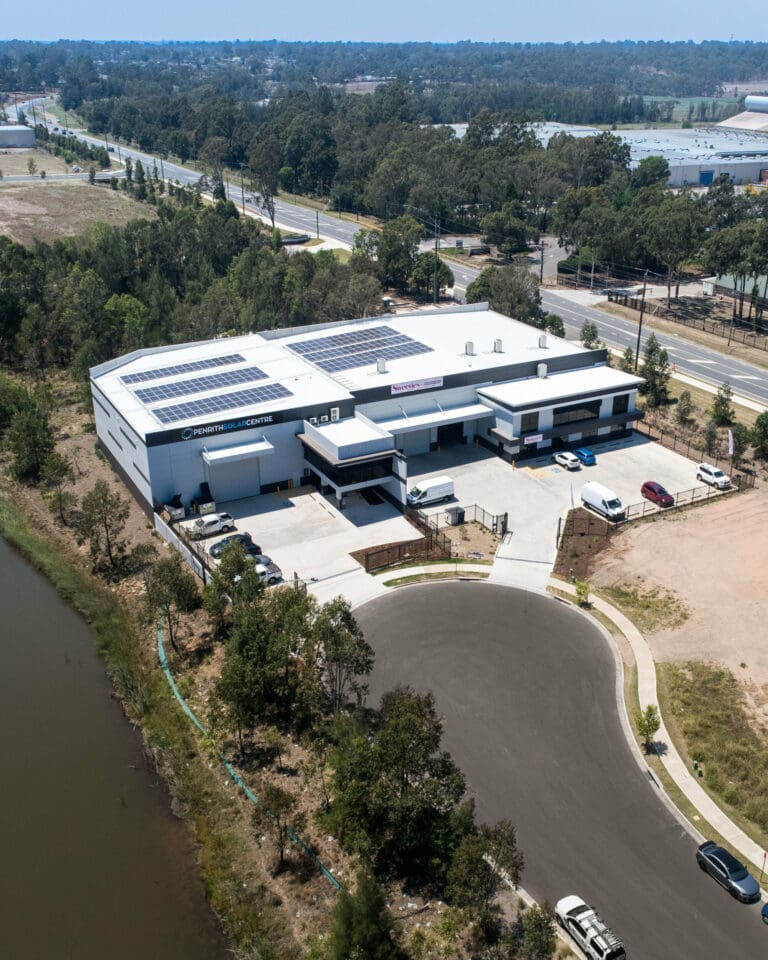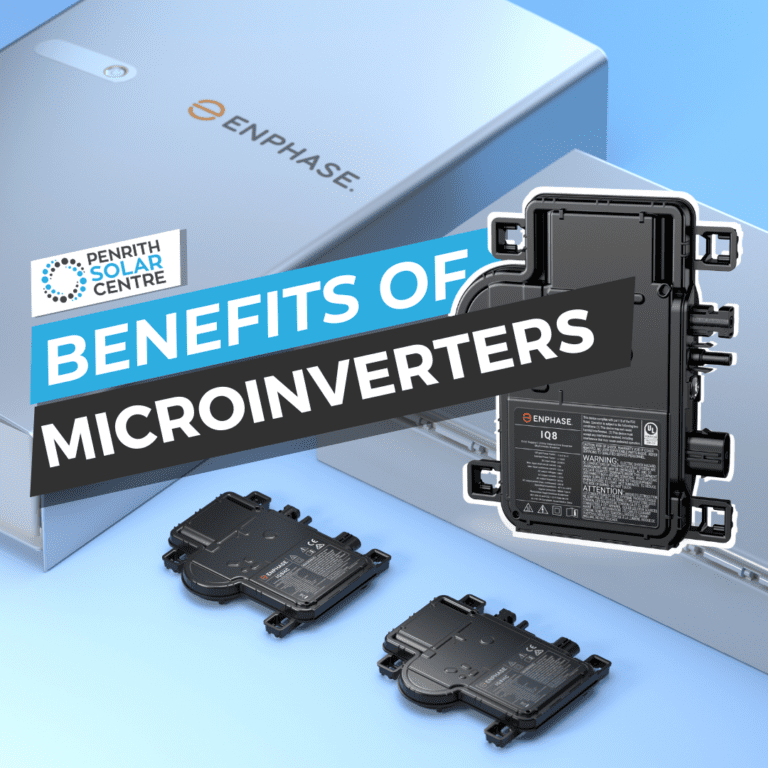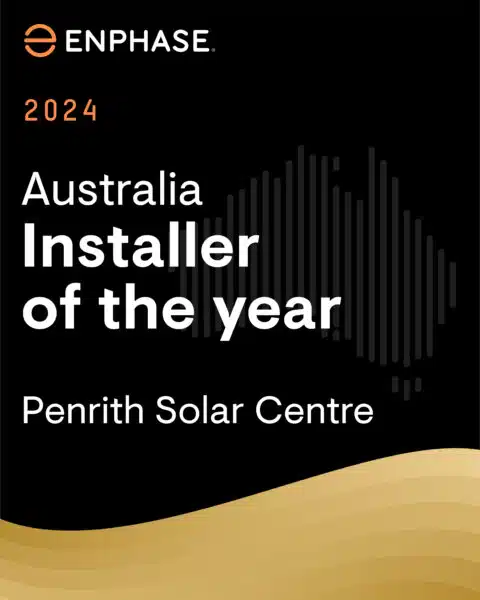
How do you charge your electric vehicles (EVs)?
We’re not asking how to connect the charger to the vehicle. That is (mercifully) self-explanatory. Where are you getting your car-charging power from? Is it coming from solar, the grid, or energy stored in your battery?
Managing energy consumption for electric vehicles can be tricky. There are a few charging stations at forward-thinking shopping centres, but that infrastructure is new even though it’s growing.
At Penrith Solar Centre, we are forward-thinking with energy solutions to your energy problems. We understand the ins and outs of the latest energy technology – especially when it comes to solar. A little creativity, some common sense, and a few tools can help you charge your EVs and save you some money (not to mention, the planet).
In this article, you will learn:
- When Should I Charge My EVs from Solar?
- Energy Consumption and EVs
- What Are Examples of Consumption Monitoring?
- Winter vs. Summer: Seasonal Considerations for Charging Your EVs from Solar
- Tools and Techniques to Monitor and Adjust Charging Your EVs from Solar
By the end of this article, you’ll be reconsidering your EV charging to maximise your energy consumption.
Let’s look at how to do this effectively, and why it matters.
When Should I Charge My EVs from Solar?
Charging your EVs at the same time can overwhelm your solar and battery systems. For example, charging two EVs that each need to be plugged in for three hours can be a lot of energy all at once.
Problem: Your solar panels might not generate enough power to charge both cars at once. As a result, your system will start drawing power from your solar battery. Once the batteries are depleted, your system will then pull energy from the grid. This increases your energy bills. You didn’t invest in solar and a battery to keep paying your energy retailer.
Solution: Consider staggering the charging times to use solar power more efficiently throughout the day.
Imagine you start charging one car at 8:00 AM when the sun is up. By 11:00 AM, it should be topped up. It is early enough in the day that your solar panels will generate enough energy to directly power the car without draining your battery storage.
After the first car is done, you can start charging the second car at 1:00 PM. By 4:00 PM, it should also be topped up. Hopefully, this is completely from your solar.
Ideally, your solar panels should cover your household energy needs and charge your EVs. A big solar setup, like 30kW of panels with multiple Powerwalls, can support heavy energy use. You want to keep those Powerwalls charged up for nighttime use.
By monitoring your energy consumption, you can keep your batteries charged (or charging) all day (while still charging your EVs) and have more than enough energy stored for use at night.
This is much better and cheaper than relying on the grid. The grid is expensive and burns fossil fuels. We hate this.
If you’re interested in learning a bit more about charging a Tesla with a Powerwall and solar, you might want to check out the following article titled, Guide to Tesla Charge on Solar in Australia – 2024.
Energy Consumption and EVs
What is Consumption Monitoring?
Consumption monitoring is a vocabulary phrase folks in solar like to use. It means “energy usage monitoring,” and it’s a combination of software (an app) and hardware (a battery or microinverters tied together with the Gateway or IQ Controller (the brains).
Consumption monitoring shows you your usage patterns so you can make changes. This information can be applied to maximise your solar efficiency.
Importance of Consumption Monitoring:
You want your solar and battery systems to be efficient. Use this tool. By keeping track of your energy usage, you can decide how and when to produce, store, and consume your energy. Then, apply what you learned to your energy usage habits.
It will save you money. We’ve said this before in many articles. We love repeating this.
If you’re interested in learning a bit more about consumption monitoring, you might want to check out the following article titled, What is Consumption Monitoring?
What Are Examples of Consumption Monitoring?
Avoid Peak Usage Times: If you see that you use the most energy in the evening, you can adjust your daily usage. The example we just used of scheduling your EVs to charge during the day to avoid grid price hikes in the evening is one way you can do this.
Weather Impact: On cloudy days, your solar panels will generate less energy. This isn’t a particularly groundbreaking statement. Solar panels need sunlight. Weather gets in the way.
By monitoring the weather and programming your energy consumption, you can make choices around when to charge your EVs on cloudy or rainy days.
Household Appliances: If you notice that certain appliances consume a lot of energy when you are charging one of your EVs, you can schedule when to use appliances to save energy and money. For example, running your dishwasher at night is an awfully easy adjustment. Just turn it on before bedtime and let it do its magic.
If you’re interested in learning a bit more about energy storage with a solar battery, you might want to check out the following article titled, Adding a Battery to a Solar System.
Winter vs. Summer: Seasonal Considerations for Charging Your EV from Solar
In winter, solar energy production is lower due to shorter days and less sunlight. The opposite happens in the summertime.
What to Do in Summer:
In summer, you have plenty of solar energy. It is a Bacchanal of light and electricity. Turn on everything just to see what it feels like. Go crazy.
Because there are more daylight hours, and your solar panels produce more power, it’s much easier to manage your energy needs.
Flexible Charging: You can charge your EVs throughout the day, even into the late afternoon. You might not have to stagger that charging process and still have full solar batteries when the sun sets. Although it’s unusual for a home to have more than one EV charger. This flexibility helps in managing your household energy needs.
Additional Uses: With extra solar power, use that energy for additional purposes. Like blasting your air conditioner to Arctic levels because your kitchen turns into a sauna every time you bake a peach pie. Everyone knows about the struggle between the oven and the AC in summertime.
What to Do in Winter:
Charge Timing: In winter, you will need to charge your EVs during the few hours the sun is high in the sky. When the sun is strongest (between 10:00 AM and 2:00 PM) plan to charge at least one car in this window. This uses the maximum amount of solar energy available.
Prioritising Essential Needs: Most households need to make some choices around energy in the winter because the solar just can’t contribute as much as it does in the summertime.
Charging your EVs may take priority over less critical loads. Then again, heating your home at night with power from your battery might take priority over charging your EVs. It’s about making the most of the limited solar energy available.
By considering seasonal factors, you’ll be able to better manage your energy usage, maximise your solar, and keep your electric vehicles charged in an economical and environmentally friendly way.
If you’re interested in learning a bit more about how the time of year and solar panel installation affects your year-round energy usage, you might want to check out the following article titled, Which Way Should Solar Panels Face in Australia?
Final Thoughts from Jake Warner, Managing Director of Penrith Solar Centre

“You don’t want to charge your EVs from your battery. Charging your EVs—whether you’re lucky enough to have multiple EVs or just one—is best done from the solar on your roof.
Think about it like this: If you charge your EV off your home battery, you’re actually cycling two batteries, and your losses of energy may be greater than you think.
So, my advice is to always try and charge during the day where you can, and never try and deplete your home battery for the benefit of filling your EV.”
The Future of EVs is Looming Charge
Managing how and when you charge your EVs can make a huge difference in your energy bills. By staggering charging times and monitoring energy use, you can make the most of your solar power and battery storage.
It all comes down to monitoring your energy use and making changes based on the data.
We hate the grid. We want you to reduce your reliance on the grid and keep energy costs down. Whether it’s summer or winter weather, understanding and planning your energy consumption is key to efficient and sustainable living with EVs.
At Penrith Solar Centre, we have seen how consumption monitoring can turn customers’ energy usage upside down for the better. We sing its praises often.
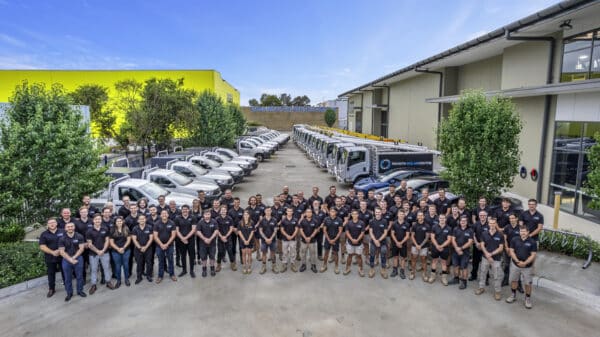
If you’re interested in learning a bit more about public charging stations, you might want to check out the following article titled, Electric Vehicle (EV) Charging Guide 2024.
